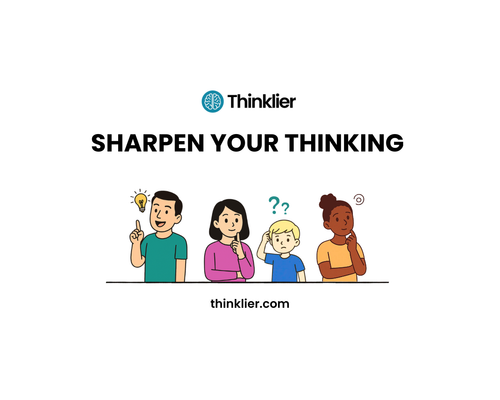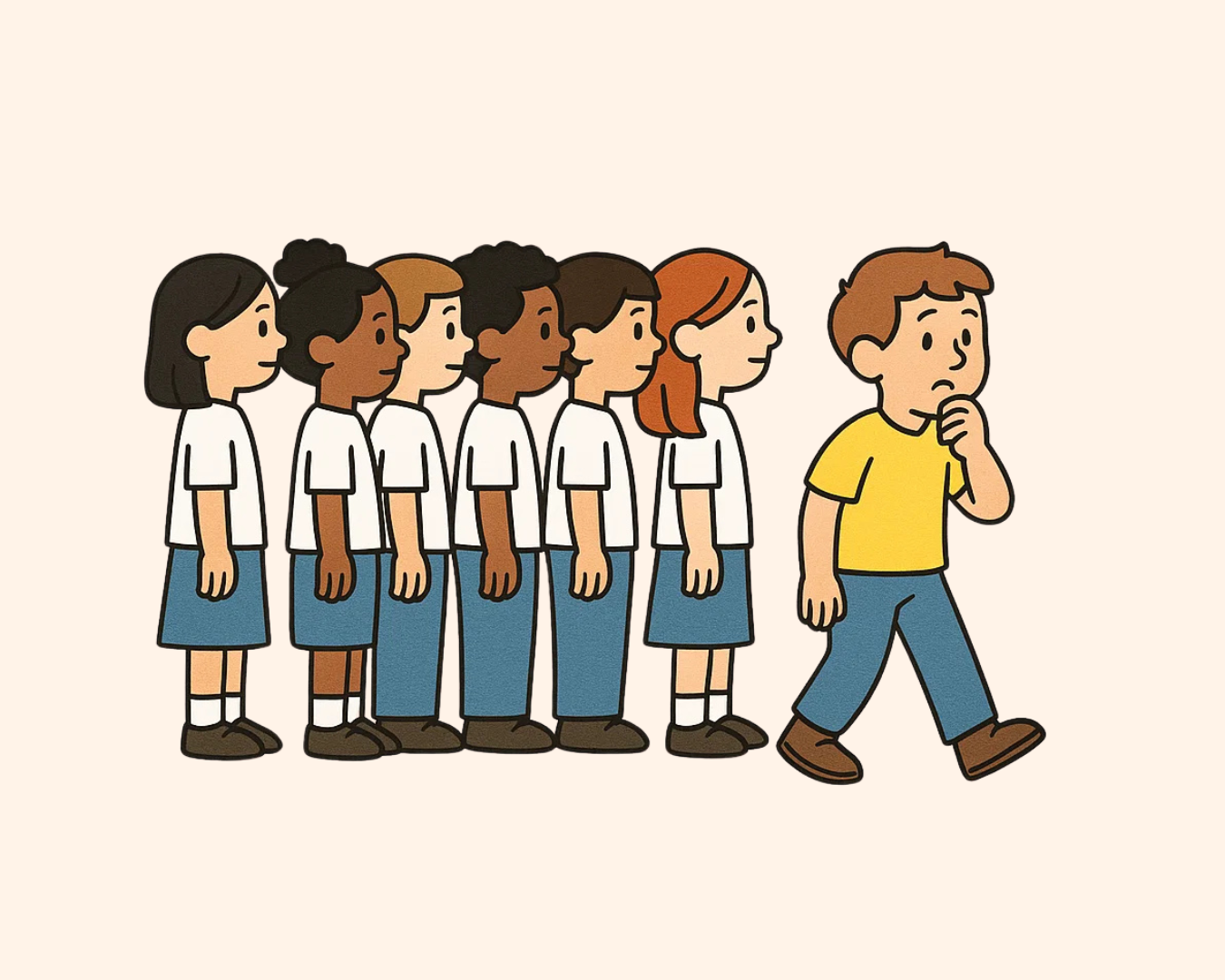Get one fresh, practical idea every 'Thinking Thursday' — plus free access to Thinklier’s toolkits on clear thinking and raising critical thinkers.
Subscribe
In an age of digital distraction, teaching children critical thinking is more important than ever. Discover how to raise curious, thoughtful, and independent young minds.
